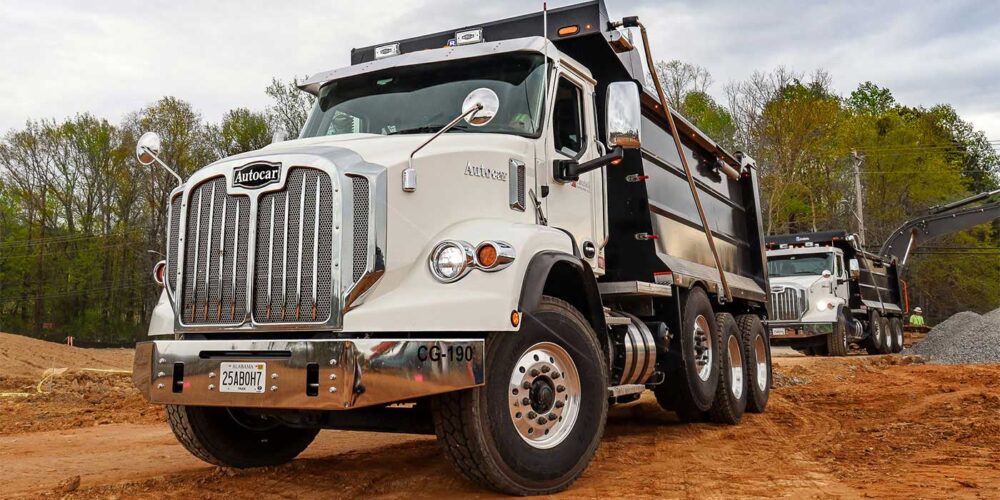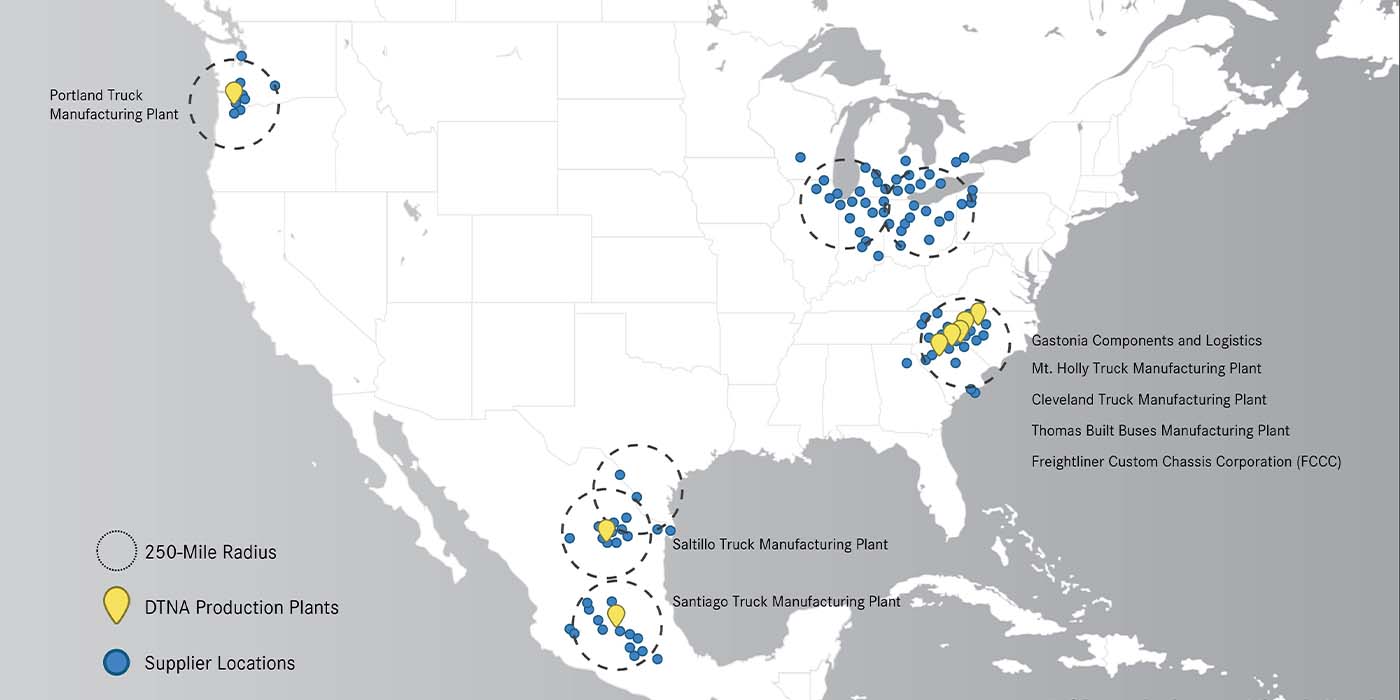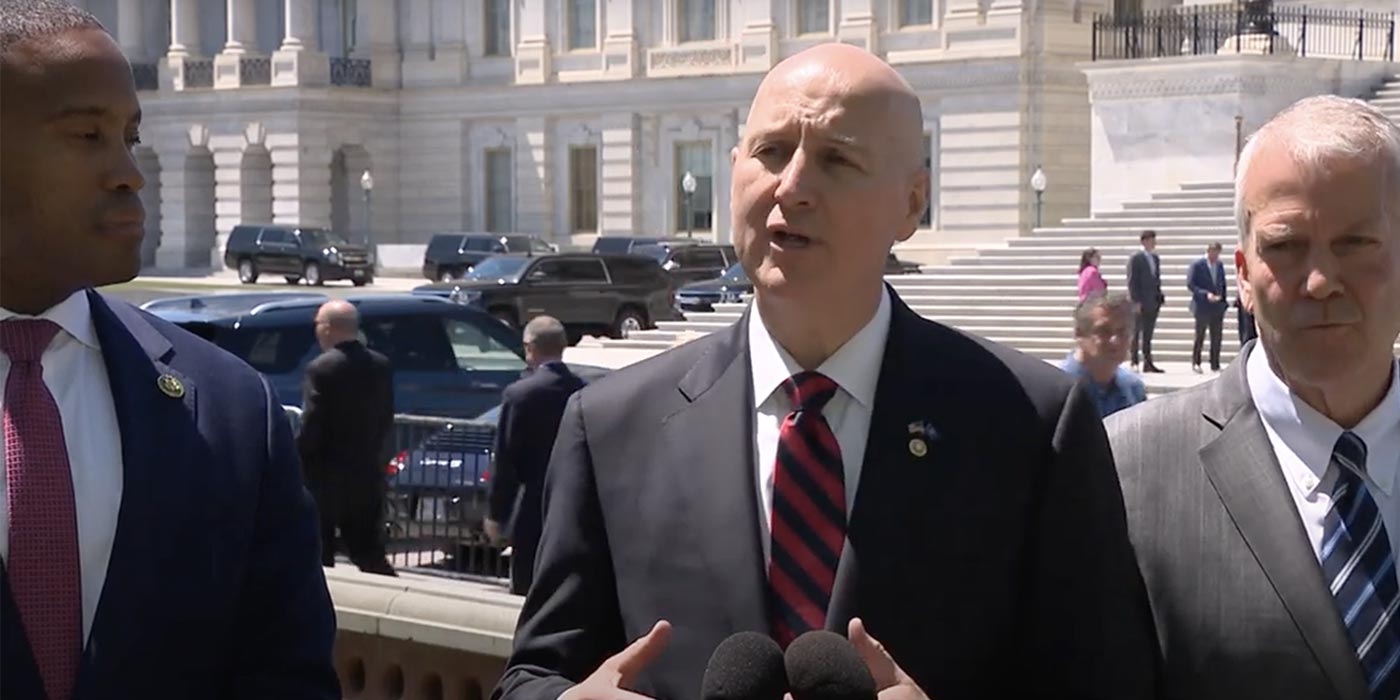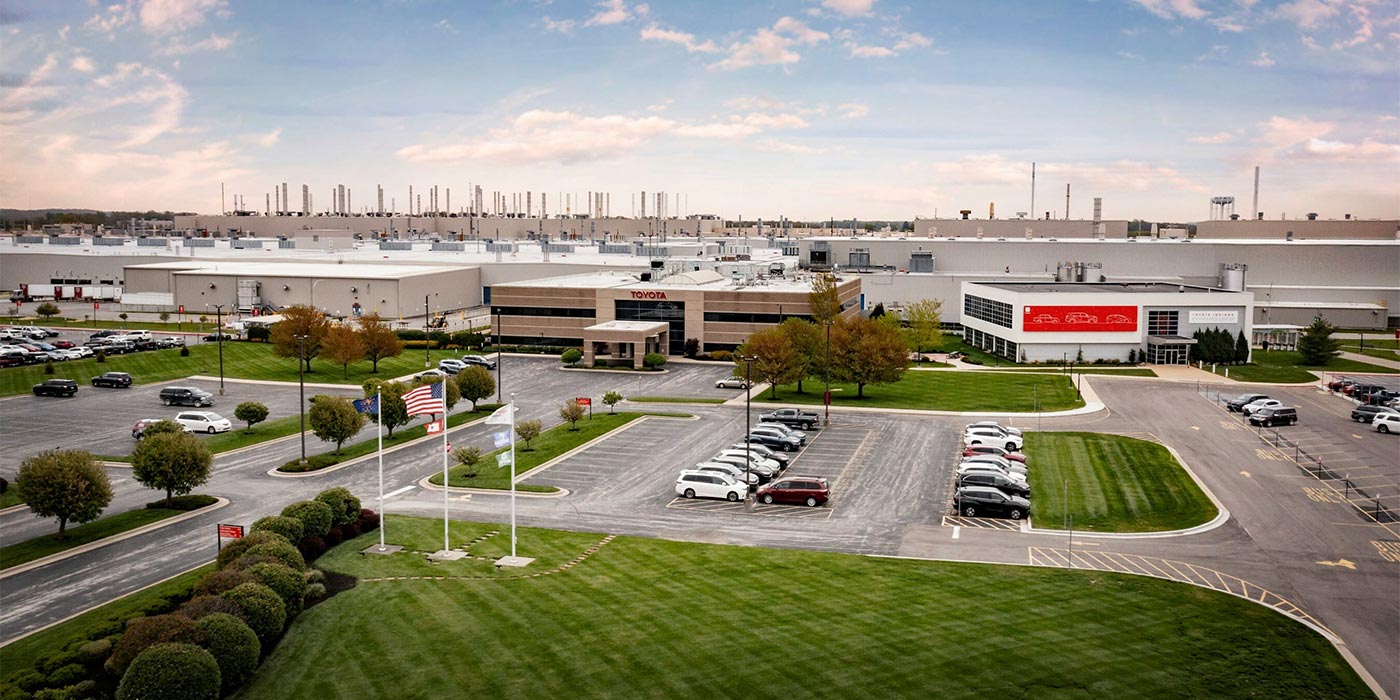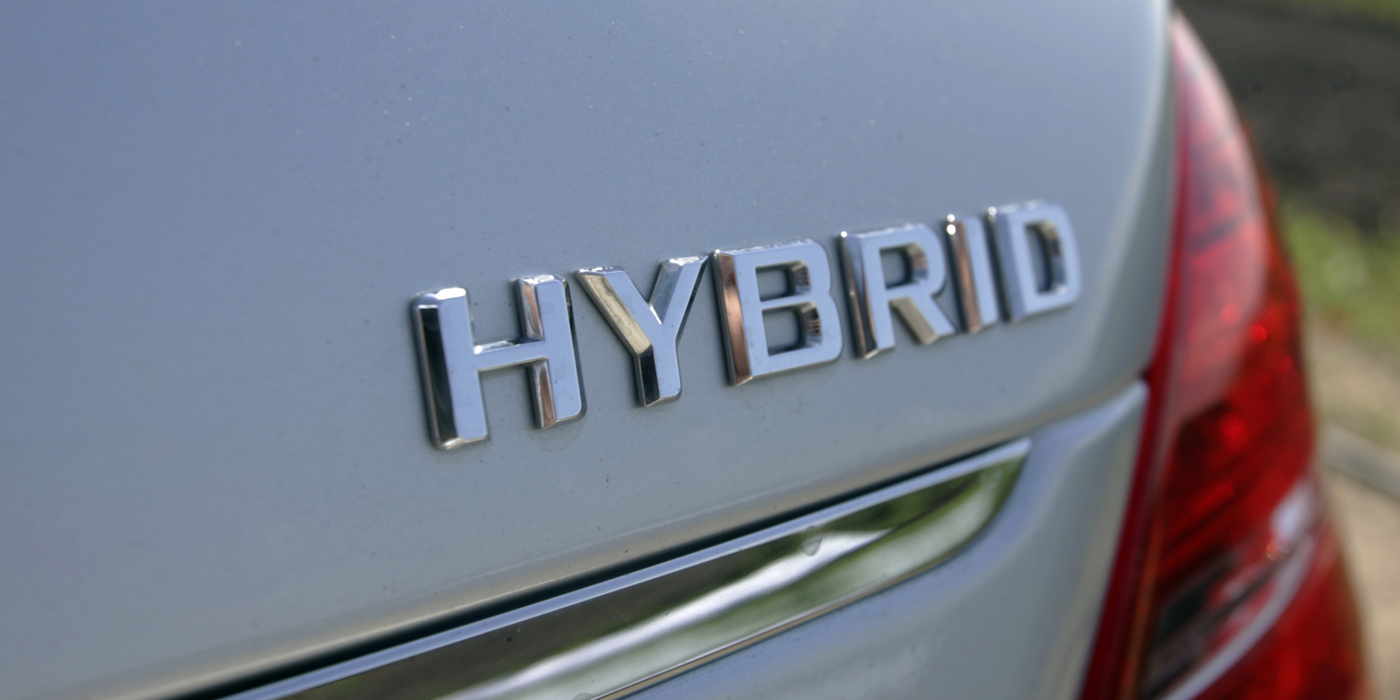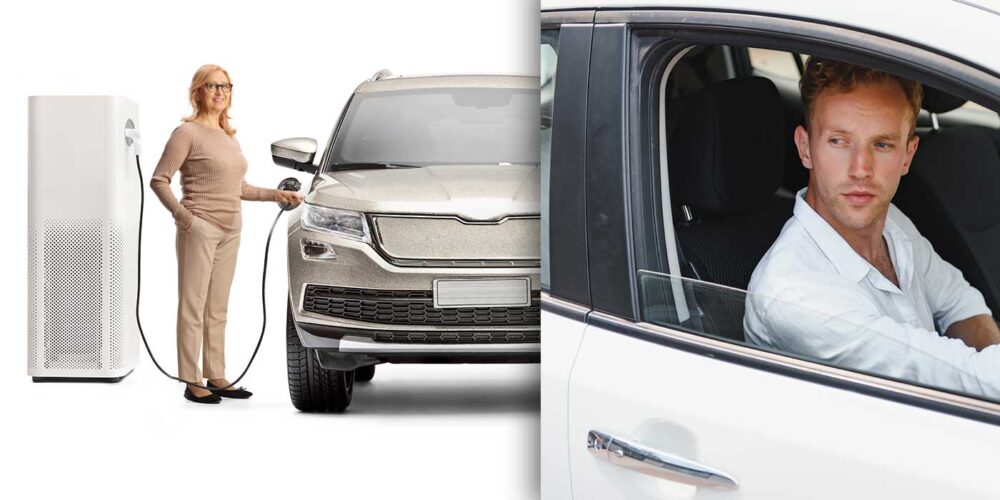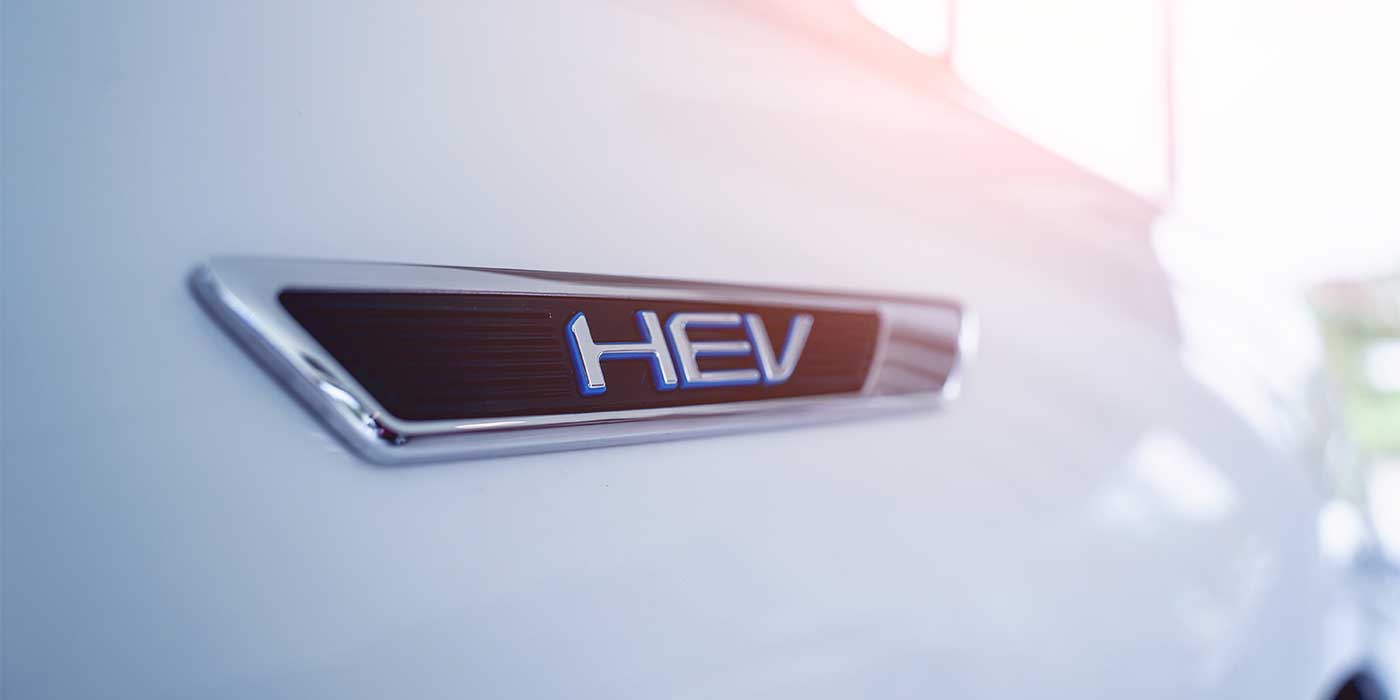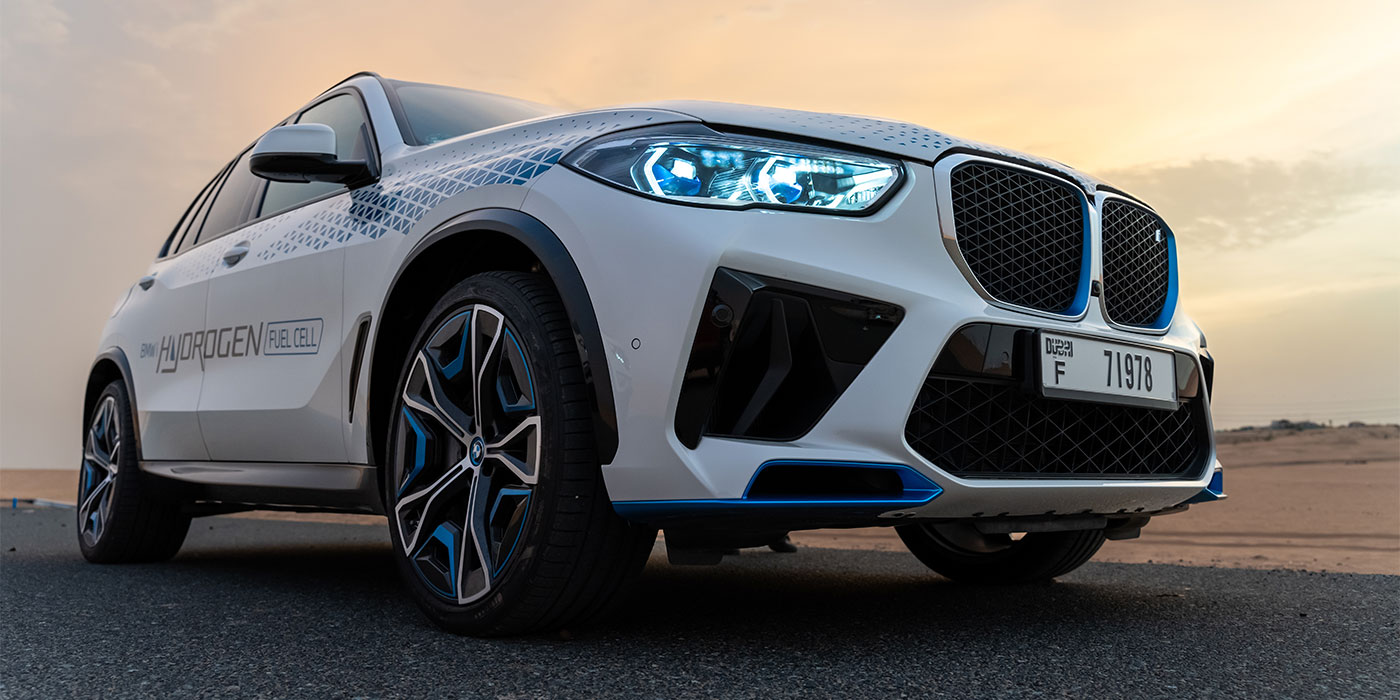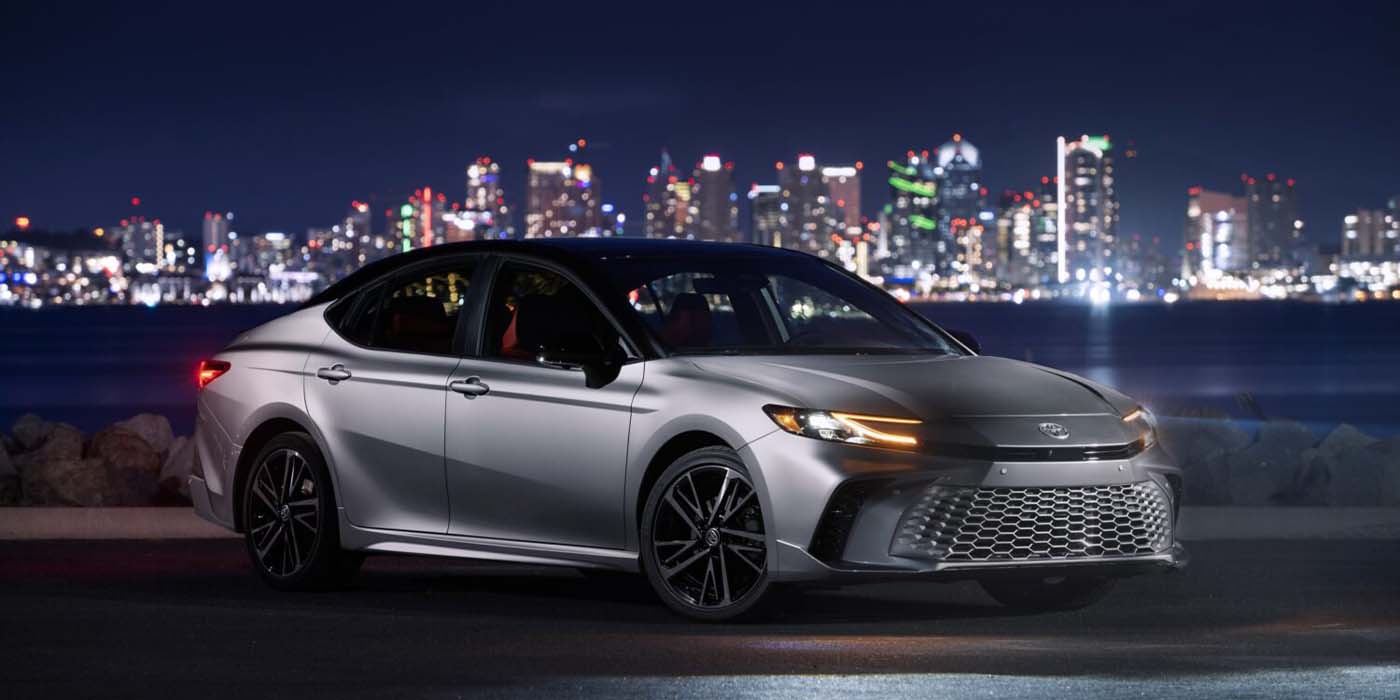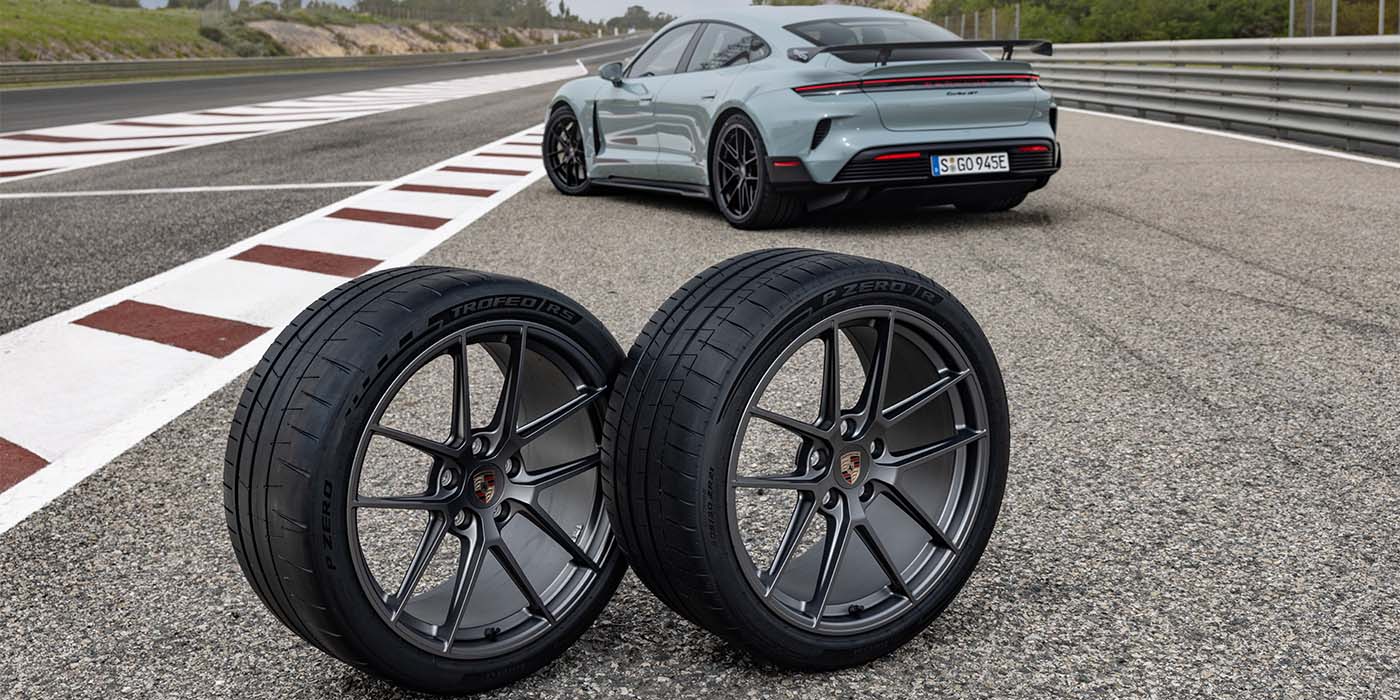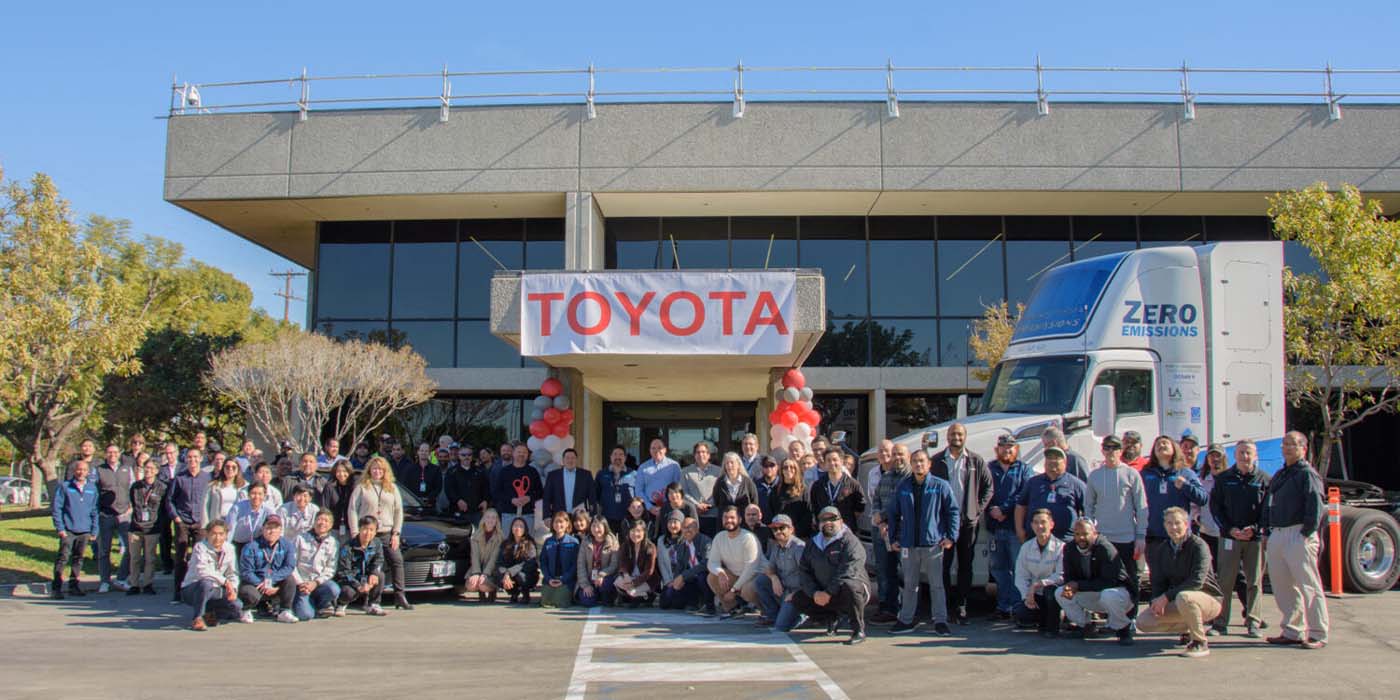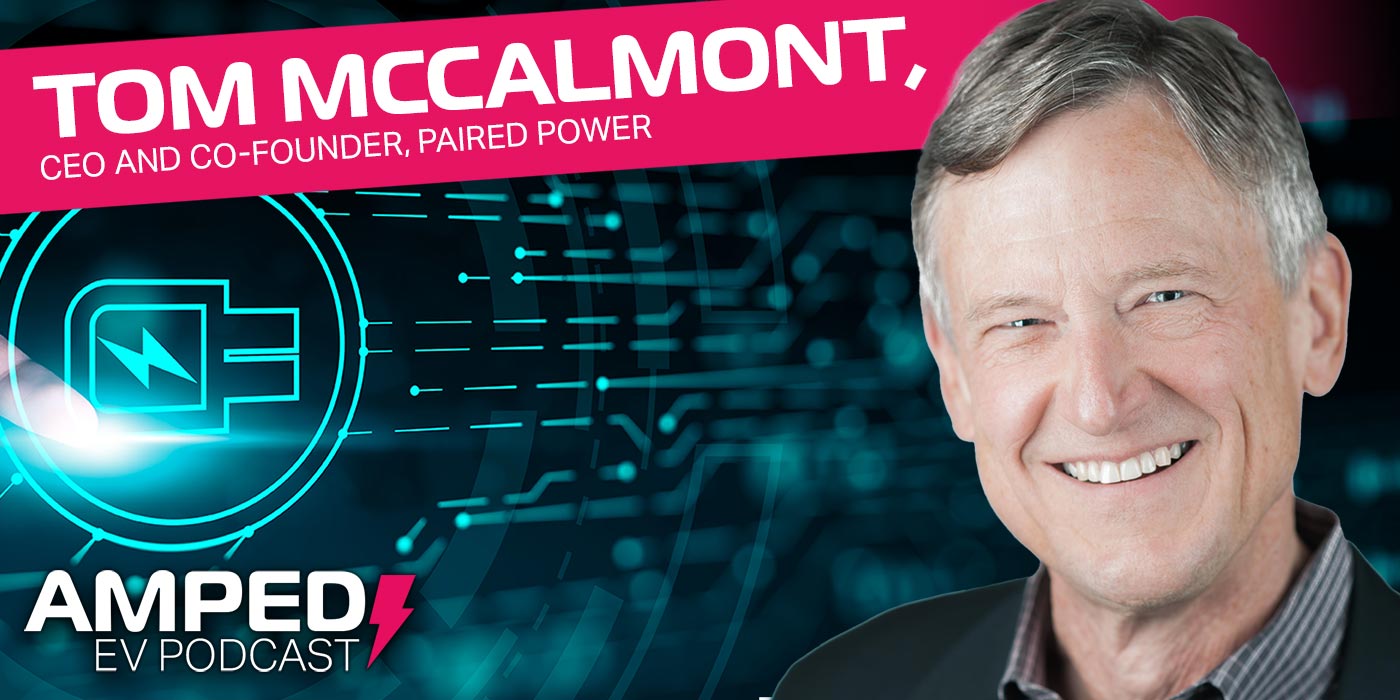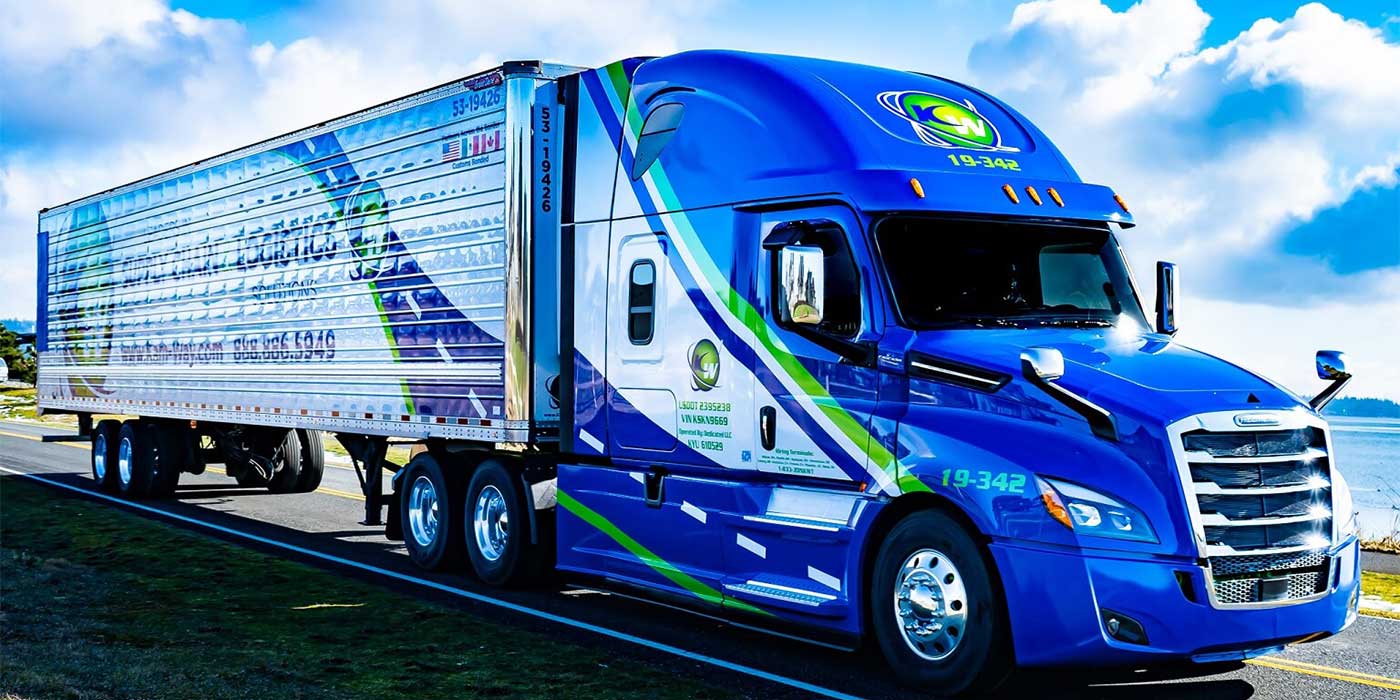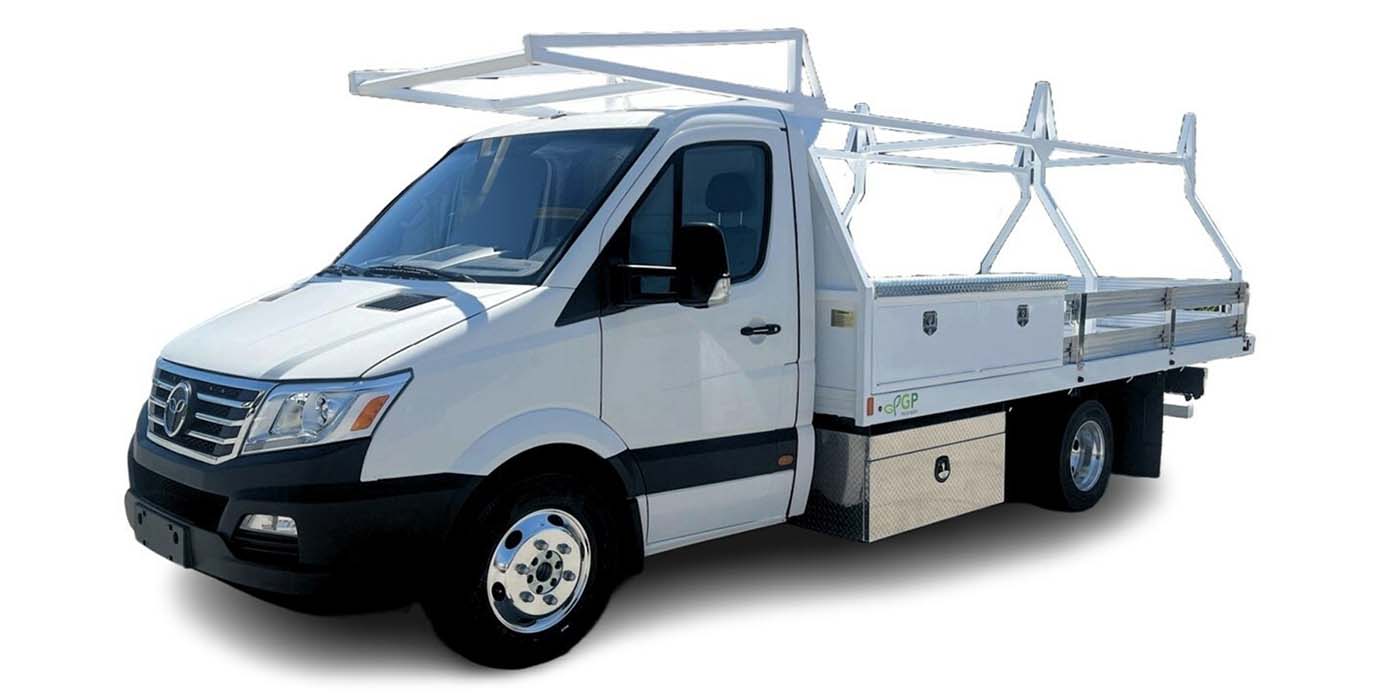General Motors and Autocar Industries have signed a joint development agreement to create a range of zero tailpipe emissions vocational vehicles powered by GM’s HydroTec power cubes. Autocar said it views this initiative as “an important expansion in offering zero tailpipe emissions solutions to customers.” Fuel cell technology offers an additional energy propulsion option to support Autocar’s vocational customers’ move toward EPA requirements, the company says.
GM said fuel cells combine hydrogen and oxygen to generate electricity through an electrochemical reaction. The fuel cell enables the conversion of energy stored in hydrogen into electricity to power a vehicle. Since fuel cells are lightweight and enable large payloads, they can meet the needs of the heaviest-duty applications. With regulations rapidly changing in many countries, fuel cell-powered vehicles have the added advantage of zero tailpipe emissions when compared to diesel vehicles, the companies said.
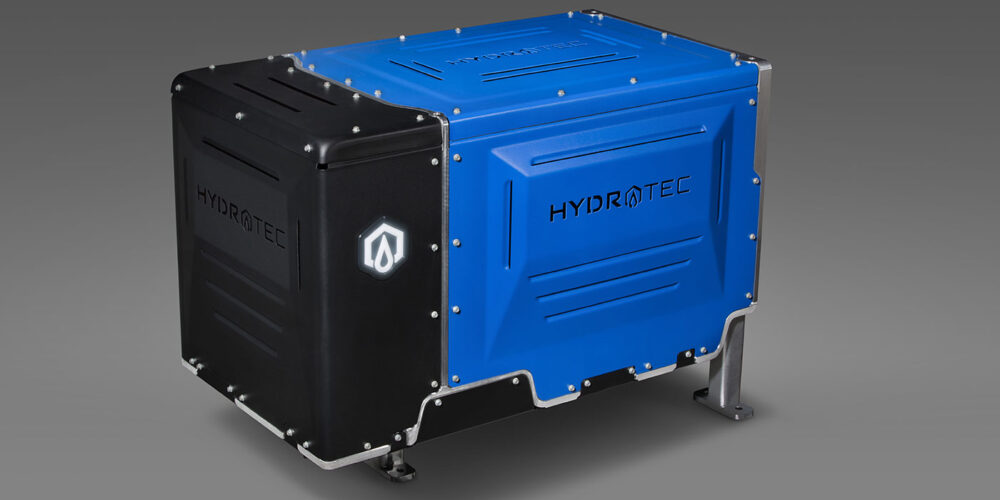
According to GM, these jointly developed trucks will be powered by GM’s HydroTec power cubes, which are GM’s fuel cell propulsion system solution for these commercial vehicles. HydroTec power cubes are compact and scalable, and can electrify vehicles and applications across a variety of industries, from freight trucking, aerospace and locomotives to power generation.
The first of these vehicles is expected to go into production in 2026 at the Autocar Truck Plant in Birmingham, Alabama. Vehicles with HydroTec technology will be built to order by Autocar and will be sold directly to customers. Cement mixers, roll-off and dump trucks, which all share a common architecture, will be built first, followed by refuse trucks and terminal tractors.
Each power cube contains more than 300 hydrogen fuel cells along with thermal and power management systems and proprietary controls for fuel cell and battery life and performance while optimizing cold start capability, GM said. The HydroTec power cube provides 77 kilowatts of power and is much quieter than a conventional diesel propulsion system. Multiple power cubes can be arrayed in a vehicle for even higher power ratings.

